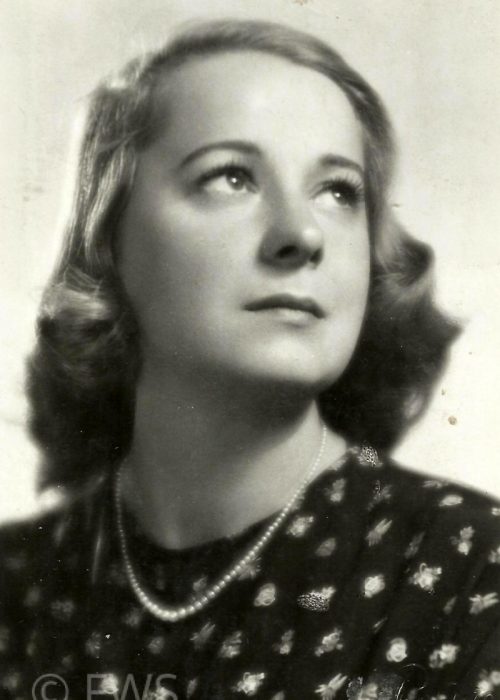BOGURODZICA
The time and place of this song's composition are unknown, even less is known about the author of the words and the melody. Initially, the work probably existed only in oral transmission – two, different from each other, versions were written in the early 15th century. First save (called Kcyński) includes the first two stanzas along with their notes, second (the so-called. Krakow) until 13 verses without notes. Both are anonymous, and the first two stanzas differ slightly. Kcyń notation (from Kcynia near Gniezno) it is considered to be the closest to the original. W 1506 year, the text of Bogurodzica was included in the famous Statute of Jan Łaski (It thus became the first printed Polish poetry text). His authorship was attributed to Saint Wojciech.
Fifteen stanzas of the Mother of God, considered the most important, it does not form a uniform whole, these verses are internally diverse. The first two stanzas are considered to be the oldest part of the song. Researchers do not agree on this, when they arose. There is talk of the 11th century, XII the XIII, and even XIV. In any case, the song was written much earlier than it was written.
The two opening stanzas of the song are called the archaic part. By reading this passage, we encounter great difficulties in understanding the text, which requires the necessary linguistic explanations. The very word Bogurodzica is one of the oldest words used in the song. It comes from the Old Church Slavonic language and was transferred through the Czech Republic to the former Polish language.. Other terms for Mary are diminutives: travel (diminutive from the earlier may), virgin (young lady, girlie). God glory means glorified by God, and the adjective admission is today's chosen one. The son of Mary is sometimes called God or the old word for housewife. Prayer phrases are explained differently:
• boasts us (win for us),
• Cums us (send us).
In no other monument of the Polish language (except Bogurodzica) the word of god was not found (that is, the son of God), probably the word comes from the Czech language, is called. bohemism. The form of the work turns out to be very old (that is for), it is usually referred to by scholars, who date the birth of the Mother of God to the 12th century. The words stay and travel are not common (being in heaven forever). The syntax constructs of this line are also interesting – np. so-called superior syntax God glory instead of the present Glorified by God.
The first two stanzas of the Mother of God surprise with an elaborate structure, a very high artistic level, the beautiful melody accompanying the text also deserves attention. Most of the Polish literature from this period was of a secondary nature, while Bogurodzica is probably a completely original work, a manifestation of the independence of an author with considerable talent and literary culture. Perhaps a folk song was an example for him, however, we do not know her. The first stanza of the Mother of God is a prayer to the Mother of God (only she has the so-called Marian character) for mediation between people and Christ. The second stanza is an appeal to Jesus, to enable people to live godly, eternal salvation after death. The individual stanzas end with the Greek words Kyrie eleison, this is Lord, have mercy.
Bogurodzica became a very popular song. According to the accounts of Jan Długosz, it was sung by Polish knights during the Battle of Grunwald. The piece was considered a kind of national anthem, it was performed on several occasions, but it remained above all a battle hymn – for example near Varna. Over the years, the Mother of God has lost its ceremonial, sublime character, it even became a communal song, beggars sang it. The nineteenth century restored its former rank.







